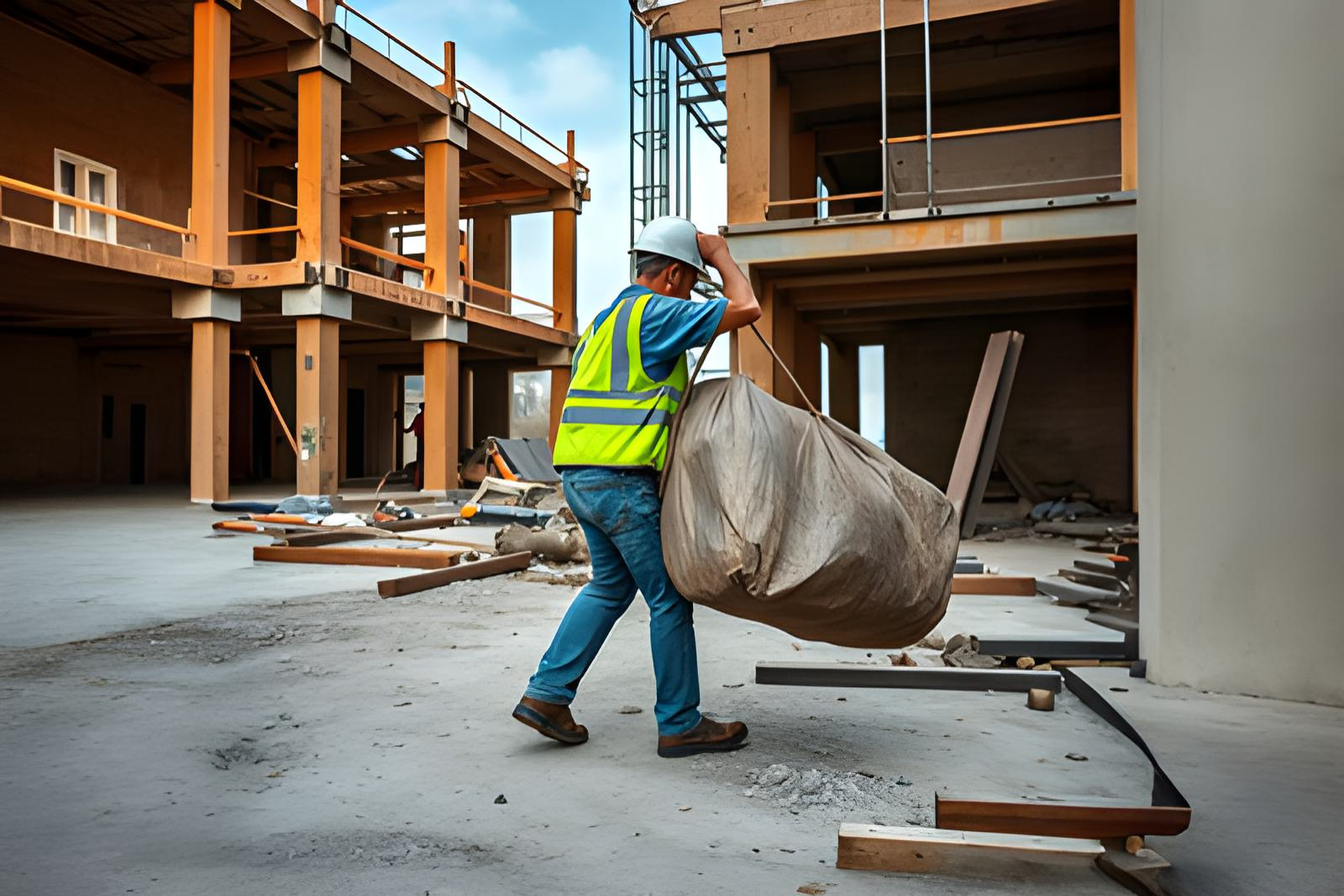
When you think about construction hazards, you might picture scaffolding, power tools, or heavy machinery. Yet one of the most common (and often underestimated) risks is manual handling.
Every day, workers lift, carry, push and pull a variety of loads – from heavy materials to awkward tools. Done incorrectly, these tasks can lead to painful injuries that affect not just working life, but long-term health too. Keep reading for a reminder of the key DOs and DON’Ts around manual handling on site.
Why manual handling matters
The Manual Handling Operations Regulations (1992) define manual handling as “the transporting or supporting of a load (including lifting, putting down, pushing, pulling, carrying or moving) by hand or bodily force.” In practice, this means almost every task on-site can involve some element of manual handling.
According to the Health and Safety Executive (HSE), manual handling is a leading cause of workplace injury in the UK, responsible for more than a third of all work-related accidents. Back injuries, joint problems, and repetitive strain injuries are all too common, and more than a million working days are lost each year because of them.
The risks also go beyond obvious heavy lifting. Even lighter loads, when lifted repetitively or awkwardly, can cause strain and, over time, this can result in long-term damage to muscles, joints and ligaments.
With such high stakes, proper manual handling isn’t just a box-ticking exercise – it’s fundamental to keeping construction sites safe and productive.
The DO’s and DON’Ts of manual handling on site
Most injuries caused by manual handling are entirely preventable – if the right steps are taken before and during the task.
The HSE emphasises that before lifting or moving anything, workers should pause to assess the situation. A good framework is the TILE approach – where an assessment is made of the Task, Individual, Load and Environment. Once all risks are considered, here are some key points to follow:
DO:
- Plan before you lift – Know where the load is going, check for obstacles and clear a safe path.
- Use equipment when possible – Trolleys, hoists or tail lifts can reduce the strain on your body.
- Ask for help – Share the load if it’s too heavy or awkward for one person.
- Keep the load close – Hold objects close to your body with feet firmly planted for stability.
- Bend your knees, not your back – Lift with your legs while keeping your back straight.
- Report unsafe conditions – Poor lighting, wet floors or uneven surfaces make manual handling riskier.
- Maintain your health – Good posture, fitness and flexibility all reduce risk of injury.
DON’T:
- Lift what feels too heavy – If you’re unsure, don’t risk it. Get help or use lifting aids.
- Twist or bend awkwardly – Turn with your feet instead of twisting your back.
- Rush the job – Speed often leads to poor technique and higher risk.
- Ignore training – Regulations and best practices are there for a reason.
- Use damaged PPE or equipment – Faulty gear increases danger.
- Keep health issues secret – If you have back problems or other conditions, let your supervisor know.
Reducing the risks
The best way to avoid injury is to reduce or remove the need for manual handling altogether. Can machinery take the strain? Could materials be delivered closer to where they’re needed? Small changes like these can have a big impact. And when manual handling can’t be avoided, sticking to safe techniques protects both workers and the wider team.
Final word
Manual handling may seem like a routine part of construction life, but the consequences of poor practice can be serious and lasting. With the right planning, training and awareness, most risks can be managed or avoided altogether.
For more detailed guidance, visit the HSE’s official page on manual handling.
01.10.2025 Feature image: Pixlr X – AI generated








